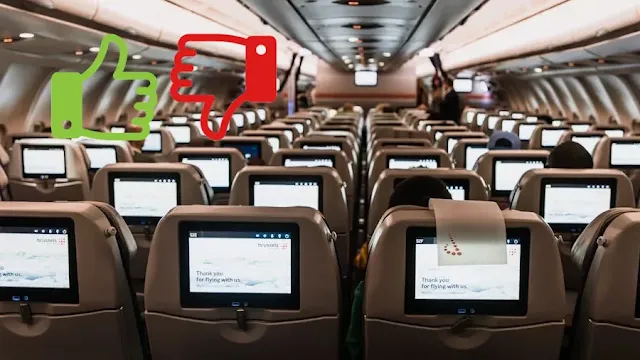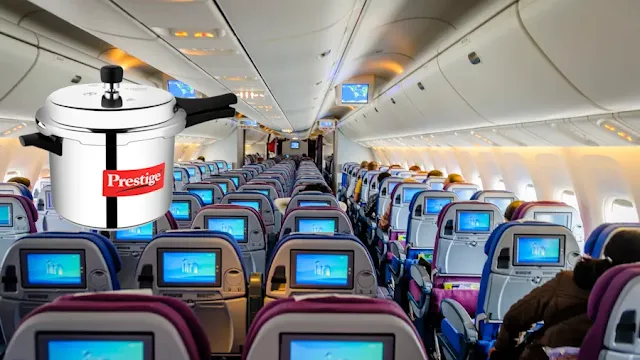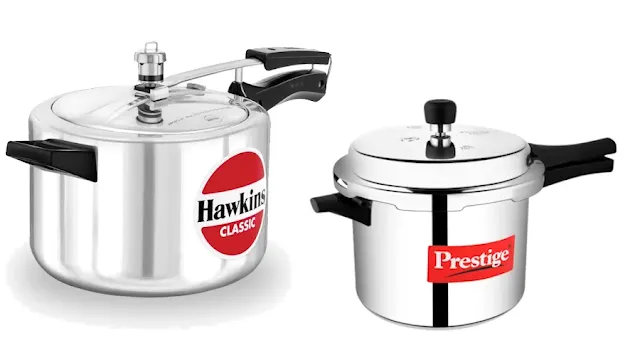In Flight Entertainment in India Flights
When flying, in-flight entertainment can be a major factor in the overall travel experience, especially on longer routes. Many passengers prefer airlines that provide individual TV screens, allowing them to enjoy movies, TV shows, and other multimedia content. Let's explore the availability of TV screens on some of India's major airlines: Air India, Vistara, and IndiGo.
Air India
Air India, the flag carrier airline of India, offers a relatively consistent in-flight entertainment experience across its long-haul fleet. Most of its international aircraft are equipped with personal TV screens in both Economy and Business class. Passengers can enjoy a variety of movies, TV shows, and music options.
For domestic flights, the availability of personal screens varies, and passengers might find this feature primarily on newer or recently refurbished aircraft.
Vistara
Vistara, known for its premium service, provides personal TV screens on many of its aircraft. This feature is commonly available on its international flights, particularly those operated by Boeing 787 Dreamliners and Airbus A321neo aircraft. On these flights, passengers can access a wide range of entertainment options on their personal screens.
However, for domestic routes, especially on short-haul flights, the availability of personal screens is limited to certain aircraft types.
IndiGo
IndiGo, India’s largest airline by passenger numbers, operates primarily on a low-cost carrier model. This means that while it offers competitive fares, it generally does not provide personal TV screens across its fleet. Instead, IndiGo focuses on maintaining a lean cost structure and quick turnaround times, which typically preclude such amenities.
However, IndiGo does offer a streaming service where passengers can access entertainment on their own devices via an onboard Wi-Fi network.
SpiceJet
SpiceJet, another prominent low-cost carrier in India, does not generally offer personal TV screens. Similar to IndiGo, SpiceJet provides a content streaming service where passengers can access entertainment through their own devices via an onboard Wi-Fi connection.
GoAir (now Go First) (insolvency)
GoAir, which has rebranded itself as Go First, operates under a low-cost model and does not include personal TV screens in its in-flight amenities. The airline focuses on economical fares and efficient operations, thus, personal screens are not part of their service offerings.
The provision of personal TV screens on Indian flights varies by airline and often by the type of aircraft and the route being flown. Air India and Vistara offer a more traditional in-flight entertainment experience with personal screens on many of their longer and international routes. In contrast, IndiGo opts for a more modern approach by providing content streaming to personal devices, reflecting its low-cost business model. For travelers for whom in-flight entertainment is important, it is advisable to check the specific aircraft and services while booking their tickets.










